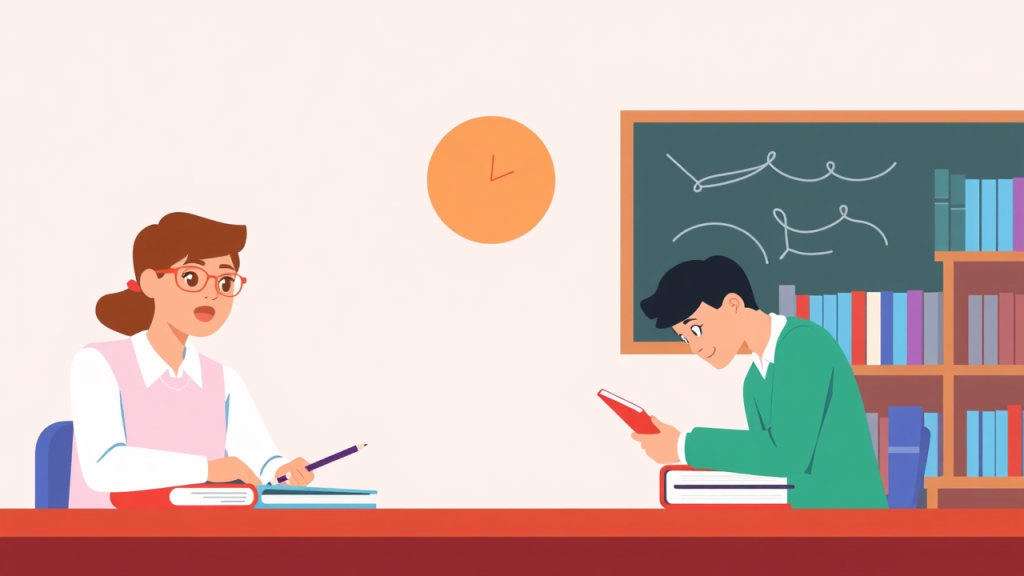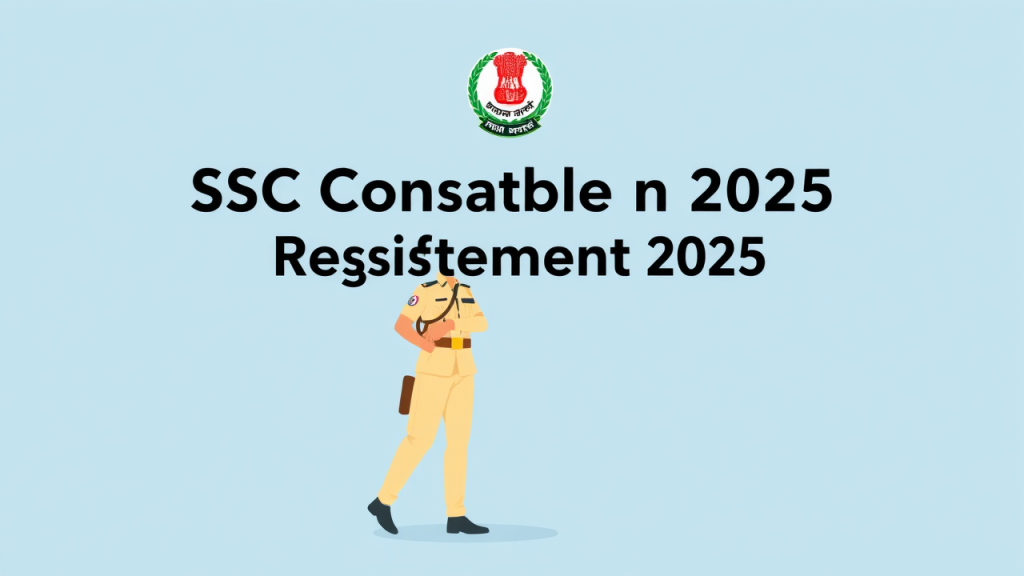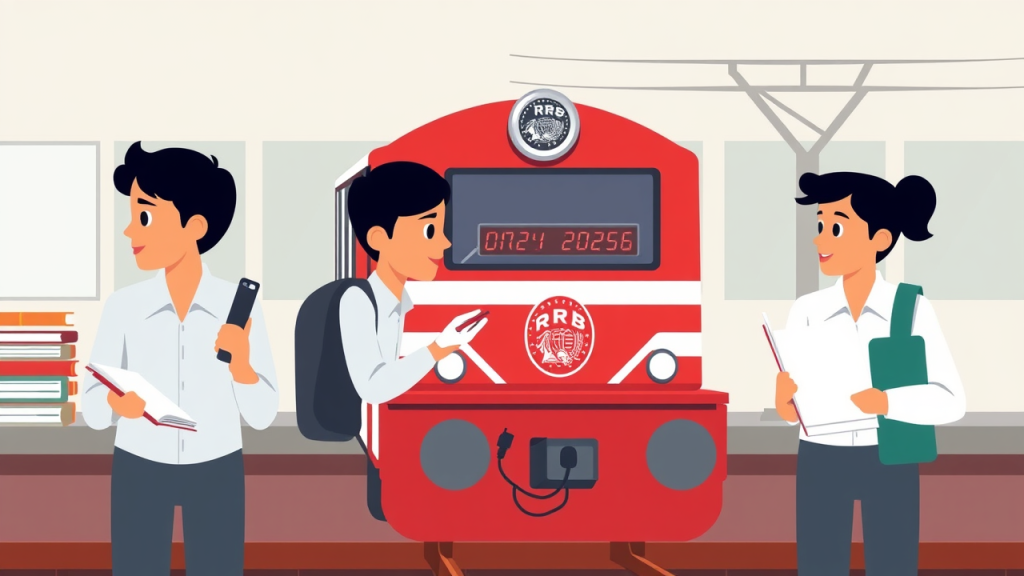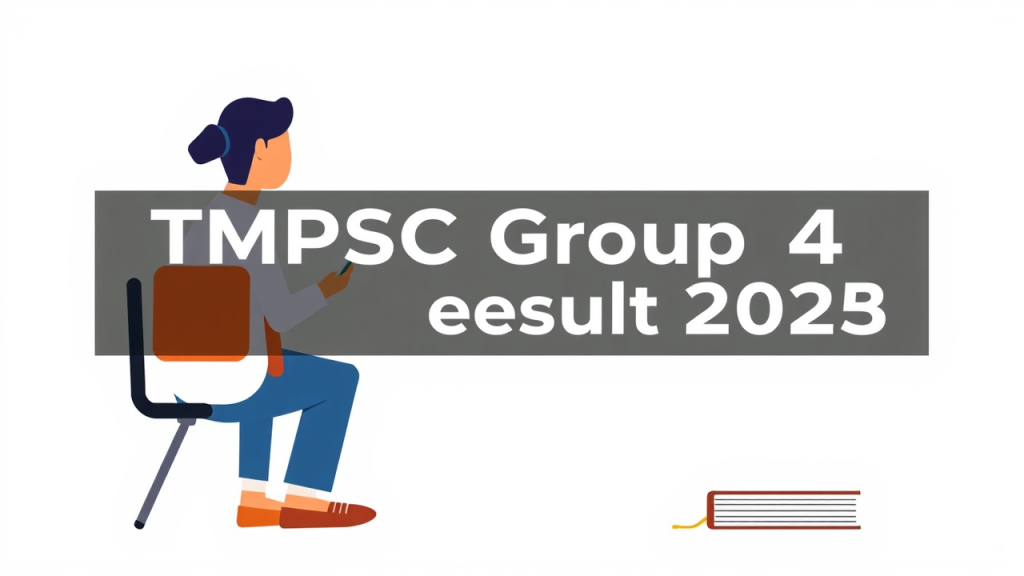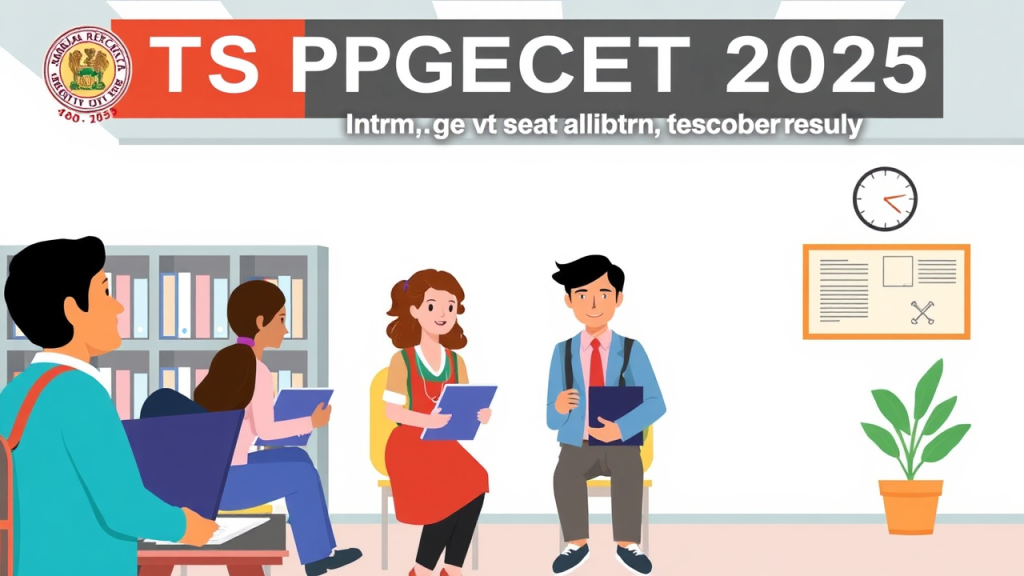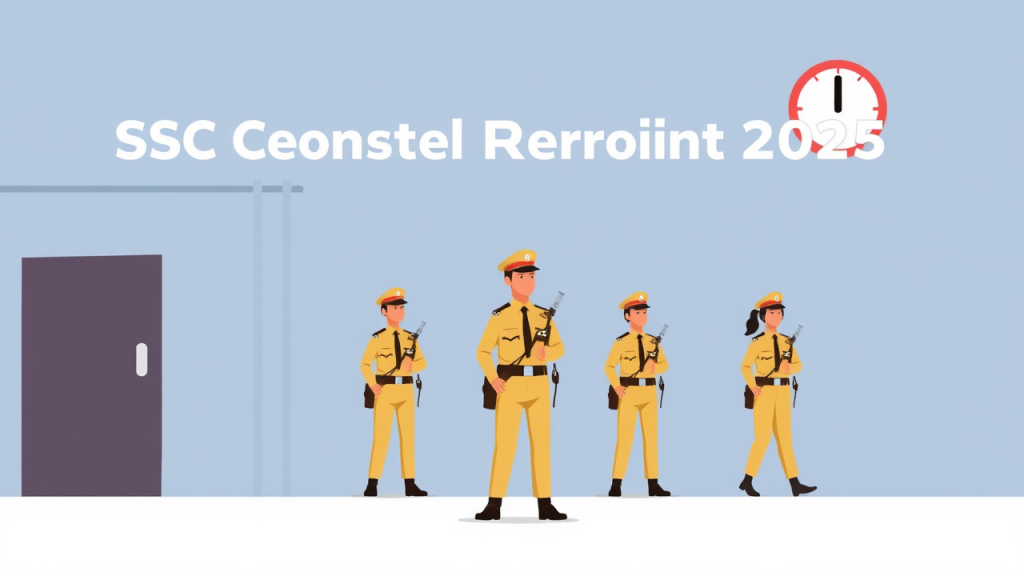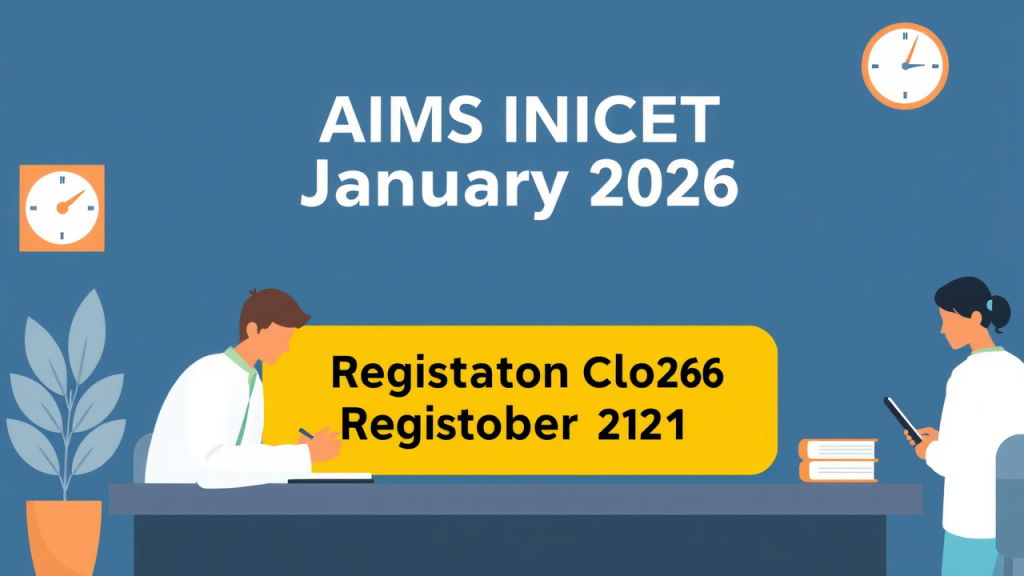Portable Ion Chromatograph Brings Chemistry to the Field
Scientists at the University of Tasmania have made a simple way to do ion chromatography in the field. They used a small device called Aquamonitrix to test water samples right after collecting them.
Bengaluru, 17 Sep 2025
Scientists at the University of Tasmania have made a simple way to do ion chromatography in the field. They used a small device called Aquamonitrix to test water samples right after collecting them.
How the New Method Works
Students used Aquamonitrix to check nitrate and nitrite in soil water. They took water from soil using a pump. Then they put the water in the small device. It showed how much nitrate and nitrite was in the water. The device is easy to use and gives results fast. It works as well as big machines in labs. Students used Aquamonitrix to check nitrate and nitrite in soil water. They took water from soil using a pump. Then they put the water in the small device. It showed how much nitrate and nitrite was in the water. The device is easy to use and gives results fast. It works as well as big machines in labs. The View From India Looking at World Affairs from the Indian perspective. First Day First Show News and reviews from the world of cinema…
Benefits for Students and Research
This new way helps students learn chemistry outside the lab. They can test real samples in nature. It makes learning more fun and useful. The small device costs less than big lab machines. It can run on a battery. Students who are not experts can use it easily. The team is also making devices to test for ammonia and arsenic in soil and water.
Getting students enthusiastic about analytical chemistry is hard if they're always enclosed within the lab
The team plans to develop more portable devices for testing other substances in the field. Follow The Rising News for more verified updates.
Updated 17 Sep 2025, 11:14 IST; source: link



